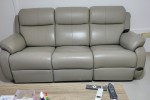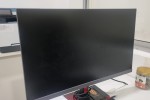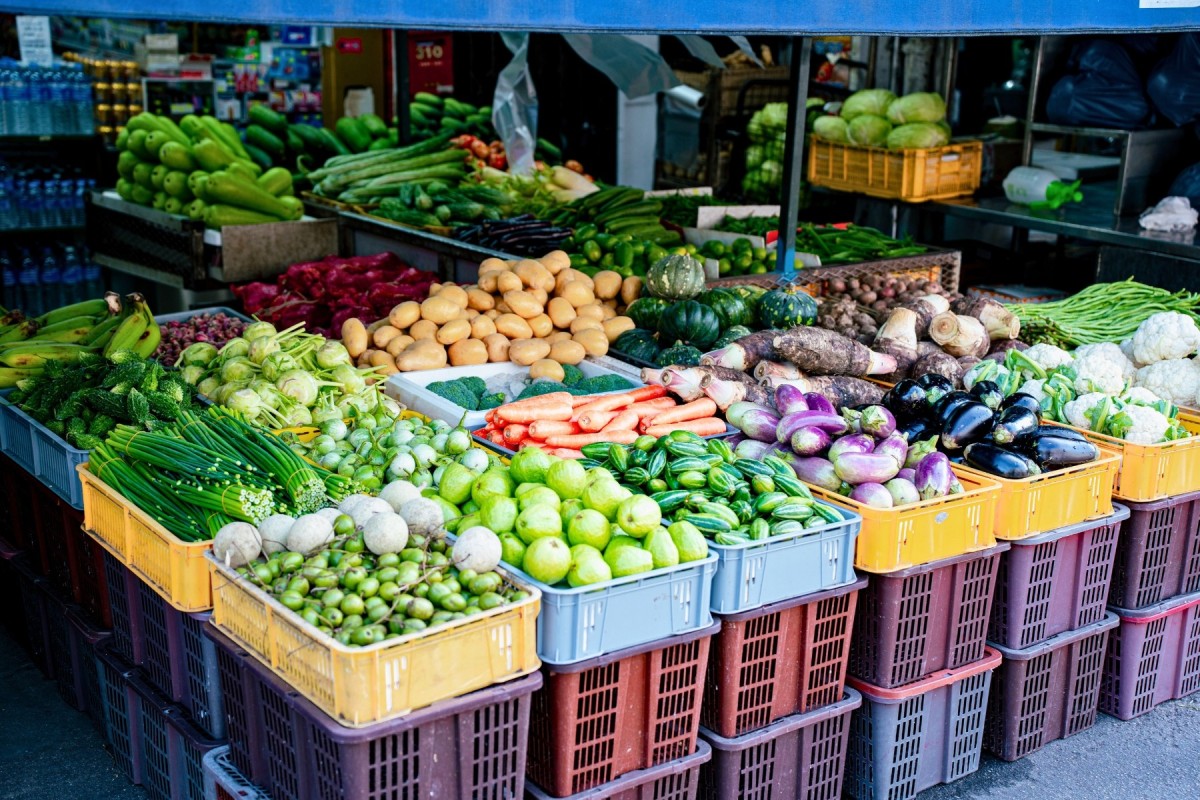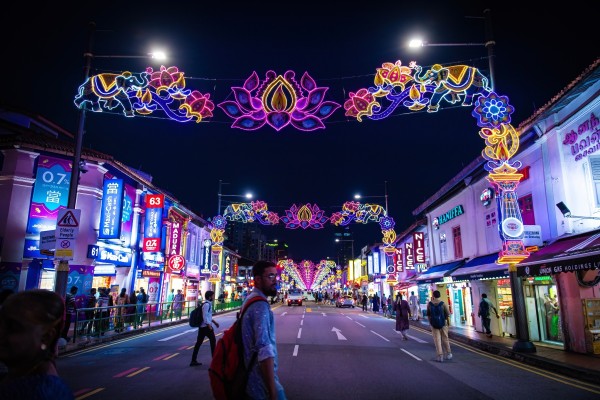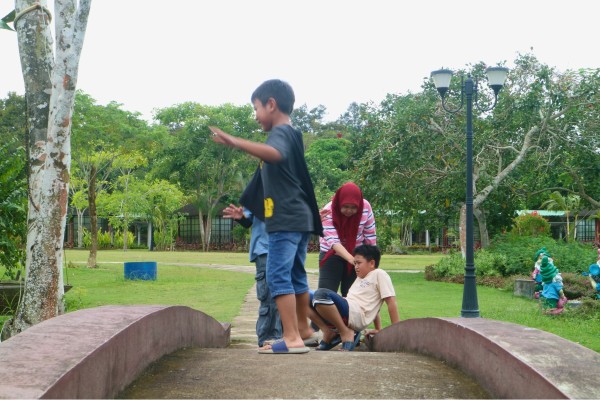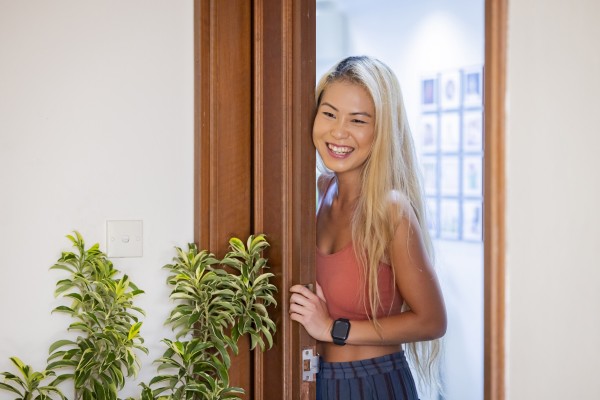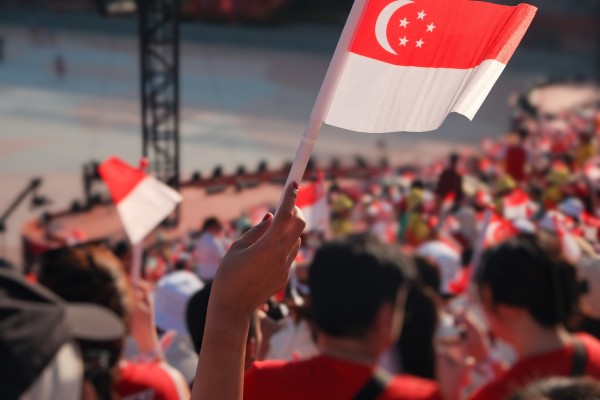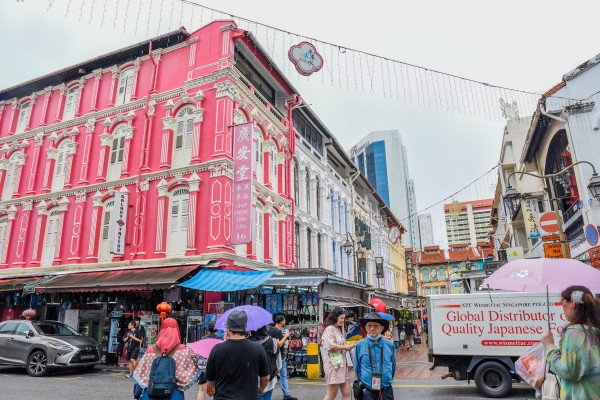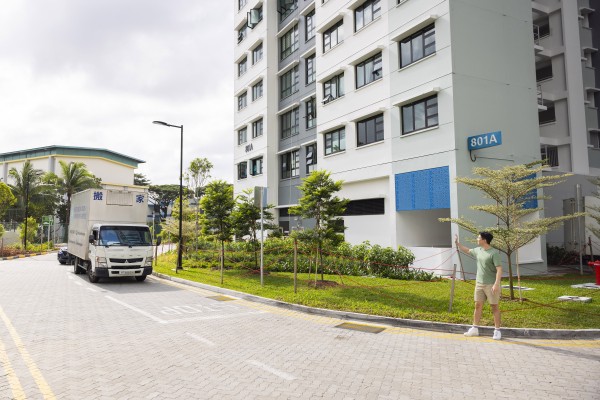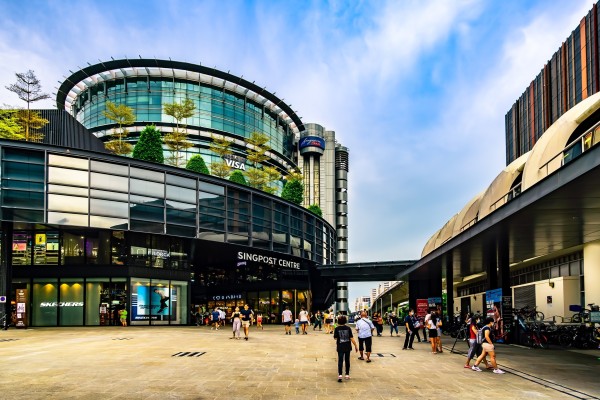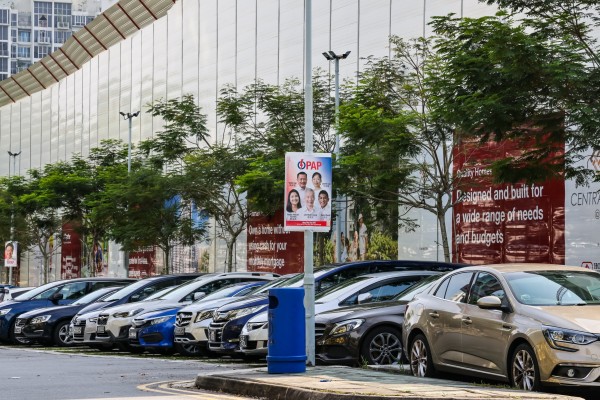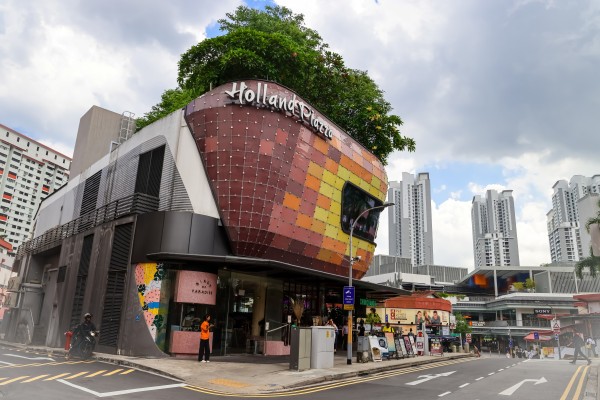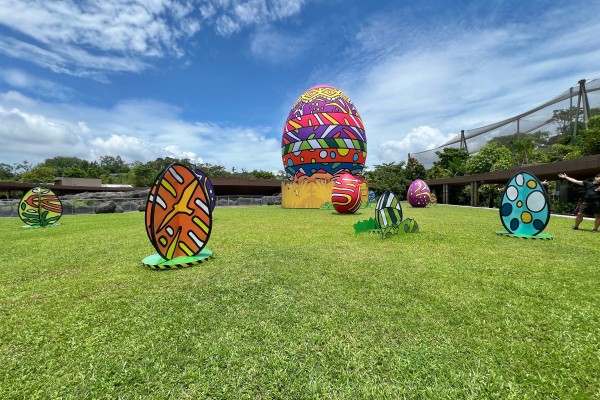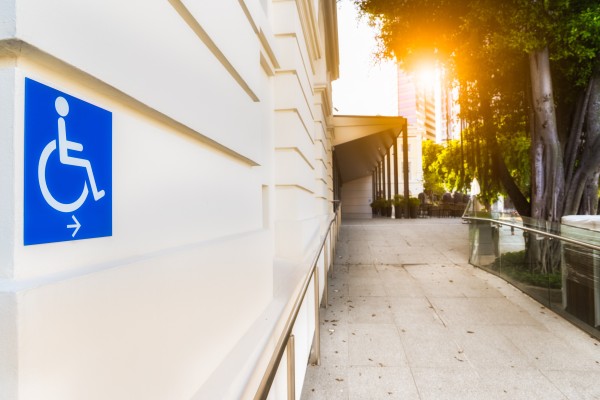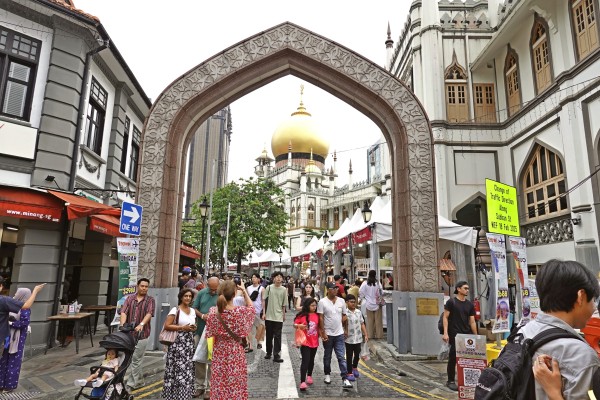Complete guide to enrolling your child in a Singapore secondary school

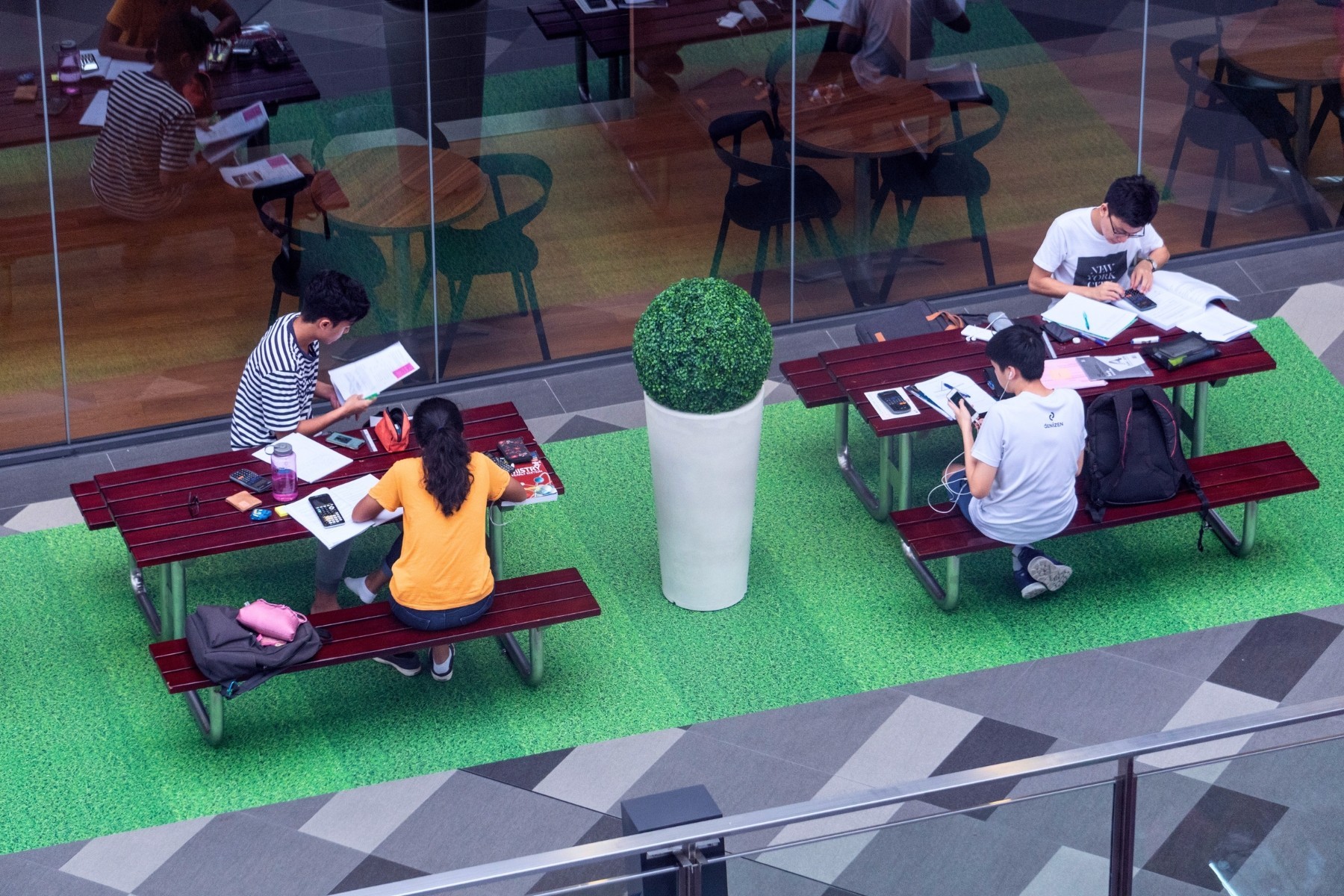
Has your child recently conquered the national Primary School Leaving Examinations (PSLE)? Every child in a government school sits for this examination at Primary 6. And all of them are anticipating receiving their results really soon. What’s next then?
The process of choosing the right secondary school can feel a tad daunting, especially if you speak with local parents in your kids’ schools who seem to be right on top of things. Some of whom seem to have already got places in choice schools.
What about if you want to enrol your child in an independent or international school post-PSLE?
Or if your child is entering the Singapore education system for the first time without having sat for the PSLE?
Not to worry, we've got you. Read on, we’ll take you through.
The PSLE explained
The PSLE is the first national examination every child in the Singapore school system sits for at the Primary 6 level, which is the final year of their primary school education. The results determine which secondary school and course they will attend. Lower scores allow entry into academically more rigorous schools.
The scores are derived from the sum of their scores in the four subjects they all sit for (English, Mathematics, Science, and Mother Tongue), and can range from Ability Level (AL) 4 to 32.
Collection of PSLE results
After the PSLE, approximately 7,000 local school teachers mark the exams on-screen over three days. Before they mark the papers, they will undergo a practice marking exercise to ensure standardisation.
The results are released in November every year from their respective primary schools.
This year, the PSLE results were released on Tuesday, 25 November 2025, at 11 am.
Every school will notify students of their own collection details, including where and what time they should report and what they should wear.
If your child is unable to collect their results in person, you may appoint someone else to collect them on their behalf by filling in a form and submitting it to their respective school. The results collected by the proxy must be submitted by Thursday, 27 November 2025.
What does your child’s score mean
Your child will receive an AL score ranging from 4 to 32, which is derived from the sum of the scores they receive from the four main subjects they study in school. These subjects are English, Mother Tongue, Mathematics, and Science.
As a general rule of thumb, the lower the AL score obtained, the better the chances of your child gaining entry into a more academically rigorous school in Singapore.
Depending on what your child scores, they will have to apply to posting groups, which denote academic ability.
If your child scores between AL4 and 20
They will have to choose Posting Group (PG3), where they will take most, if not all, of their secondary school subjects at General level 3 (abbreviated locally as G3).
If they score between AL21 and 25
They will have to apply through PG2 and take most of their secondary school subjects at the G2 level.
And if they score between AL26 and 32
They will apply through PG1 and take most of their secondary school subjects at G1 level.
What schools can you apply to
Not every school offers all three PGs. Some, especially the more academically rigorous ones, only do PG3.
All students who enter schools across the PGs will sit for the Singapore-Cambridge Secondary Education Certificate (SEC) examinations. This is a major national examination taken at the Secondary 4 or 5 level.
If your child scores between AL4-8, they may want to apply to a school that offers an Integrated Programme (IP). This allows them to skip the next national examination at the Secondary 4 level. They’ll go straight on to post-secondary education to sit for their A-Levels or a diploma after six years.
Use the MOE website to find schools according to your criteria, including:
- PSLE score range (also known as Cut-Off Point or COP)
- Location
- Gender
- Co-Curricular Activities (CCAs)
Remember that PSLE COP is not the only criterion you should use to decide on a school for your child. You may want to check out the school’s website for information on their values and areas of excellence, and see what resonates with your child and your own family values.
Shortlisting secondary schools for your child

Using the MOE’s S1 Portal
Once you’ve looked through your child’s PSLE results and shortlisted some schools for them, you’ll need to put their choice into the MOE S1 Portal between 11.30 am on 25 November 2025 to 4.30 pm on 1 December 2025.
You will need to have a working Singpass account to log in to the S1 Portal, and only one parent is required to log in and submit the secondary school choices. If you need help with your online submission, contact your respective primary school before the portal closes at 4.30 pm on 1 December 2025.
In the S1 Portal, you will be asked to choose 6 schools based on your child’s PSLE results.
Choose at least 2-3 schools that fall safely within the previous year’s PSLE COP range, which serves as a reference. That’s because COPs can vary a few points from year to year, depending on how the cohort performs at the PSLE that year. This will increase the chances of securing a place in a school of your choice.
All Singapore schools practice Full Subject-Based Banding (SBB), which allows your child to take subjects at the three different subject levels, G3, G2, and G1, based on their academic ability and inclinations. They will be able to adjust their subject levels accordingly throughout secondary school, as advised by their school teachers.
Opting for an international school
If you wish to enrol your child at an international school after the PSLE, instead of continuing in the Singapore education system, you can certainly do so.
There is a wide range of international schools in Singapore, including those with national affiliations and local schools providing an international curriculum.
Every school has their own entry criteria, fee structure, and admission timeline, so you’ll need to contact each school directly.
Coming to Singapore from overseas as a new student
If your child has not sat for the PSLE but you would like to enrol your child in a school in Singapore, here’s what you need to do:
Annual admission into government schools through AEIS or S-AEIS for children entering Primary 2-5, or Secondary 1-3
AEIS
The MOE conducts an annual admissions exercise for international school students who would like to attend local government schools. This is known as the Admissions Exercise for International Students (AEIS). It is open to those seeking admission to Primary 2 to 5, and Secondary 1 to 3 in the following academic year.
One year before you intend to register your child for the AEIS, you will need to register your child to sit for a Cambridge English Qualifications (CEQ) test run by Cambridge Assessment English (CAE). You can find the nearest centre in your country here.
Take note: You’ll need to receive the result before July, so you can register for the AEIS, which takes place every year in July. When booking your CEQ test, check when the results are available.
Thereafter, you’ll have to register your child for and have them sit for a standardised admissions test, which will be carried out in Singapore in July, before you intend your child to start school in Singapore.
You will know if your child has passed the AEIS in December through the AEIS portal. Log in using your child’s passport number or Foreign Identification Number, and their date of birth. Your child will be allocated a place in a school with vacancies and, where possible, one that is near your residential address.
Your child will need to report to their school within the stipulated reporting period. This differs depending on the age of your child. Check this MOE site for the updated reporting time periods for Primary School, Secondary 1, Secondary 2 and Secondary 3.
S-AEIS
If you missed the AEIS for the year of intended admission or if your child failed the AEIS, they can try again at the Supplementary Admissions Exercise for International Students (S-AEIS).
The S-AEIS is open for those seeking admission to Primary 2 to 4, and Secondary 1 to 2 in the same academic year. The S-AEIS process starts in January, with the S-AEIS test usually held in February or March. Successful students can start school in either April or May.
Note that the same CEQ requirements are needed to sit for the S-AEIS.
Much like the AEIS process, results of the S-AEIS will be posted on the S-AEIS portal. The results will be out by April or May, and the school posting and reporting details will be uploaded on the S-AEIS portal as well.
Direct admission into government Junior Colleges (JCs) or Polytechnics

Admission into JCs
Run by the MOE, all JCs in Singapore are for students who have obtained their O-Level or equivalent qualifications, where they will sit for the GCE A-Level examinations after two years of studies.
Admission into local JCs for international students will differ from school to school. All schools will require them to sit for a standardised test called the Junior College - Principals Academy Certification Test (J-PACT).
Students will need to take this test at the end of the year before they enter the school at the JC1 level.
Before applying for the J-PACT, you should contact the JC you are interested in directly to enquire about their respective registration processes. Apply for your child to sit for the J-PACT here.
Every JC will have their own specific requirements on top of the J-PACT, including additional tests or interviews.
View the full list of JCs here.
Admission into Polytechnics
Do you want your child to study in one of Singapore’s five world-class polytechnics? Here, they can earn their diploma and industry experience and attachments. Apply for a spot via the Direct Admissions Exercise (DAE).
International qualifications that are accepted
- GCE O-Levels
- International General Certificate of Secondary Education (IGCSE)
- International Baccalaureate (IB)
- Malaysia Unified Examination Certificate (UEC)
- Sijil Pelajaran Malaysia (SPM)
- Sijil Tinggi Persekolahan Malaysia (STPM)
The 2025 DAE (currently ongoing)
- IGCSE and GCE O-Levels: 22 to 28 January 2026
- UEC: Monday, 21 October 2024 to Friday, 1 November 2024
- SPM/STPM: Mon, 21 October 2024 to Friday, 1 November 2024
- IB: 14 to 19 January 2026
How to choose a government school as an expat
Ask any local, and they’ll share with you practically the same few schools that are on their “Good School” list. There’s no denying that some schools are popular for their perceived prestige or academic rigour, but bear in mind your child’s disposition, proclivities, and interests as you pick a school for your child.
The MOE has publicly stated that “every school is a good school,” because every school in the system has the goal of bringing out the best in your child.
In a nutshell, choose a school that suits your child’s learning needs, has CCAs that they are excited about, and has values that resonate with your child and you.
The MOE SchoolFinder portal is a great place to start your research. Use the criteria to filter schools according to your academic, CCA, location, and gender preferences.
Eligibility and visa matters
All foreign students must have a valid Student’s Pass to study in a Singapore school, whether it is a government or private school. Your child is exempt from applying for a Student’s Pass if they have a valid Dependant’s Pass, Long-Term Visit Pass, or an Immigration Exemption Order.
Applying for a Student’s Pass
If you need to apply for a Student’s Pass for your child, you must do so at least two months and not more than three months before they are due to start school.
You will also need to ensure you have a local sponsor for your child’s application, who must be a Citizen or PR aged 21 years and older.
You need to pay a fee of SGD$45, and it takes one week for the application to be processed. Apply online on the ICA website.
What you need to apply for your child’s Student’s Pass
- The Registration Acknowledgement Letter from the school you plan to attend.
- Your travel document biodata page and birth certificate (if applicable).
- Your personal information, including the list of countries and places you have previously resided in, your educational background, employment history and financial support.
- Your parents’, spouse's, and/or siblings’ personal information (if applicable).
- Your residential address and contact details in Singapore.
- Your email address.
- A recent, passport-sized, digital, colour photograph taken within the last three months.
- Vaccination information for applicants below 12 years old is to be submitted to the Health Promotion Board (HPB).
Moving for your child's schooling in Singapore?
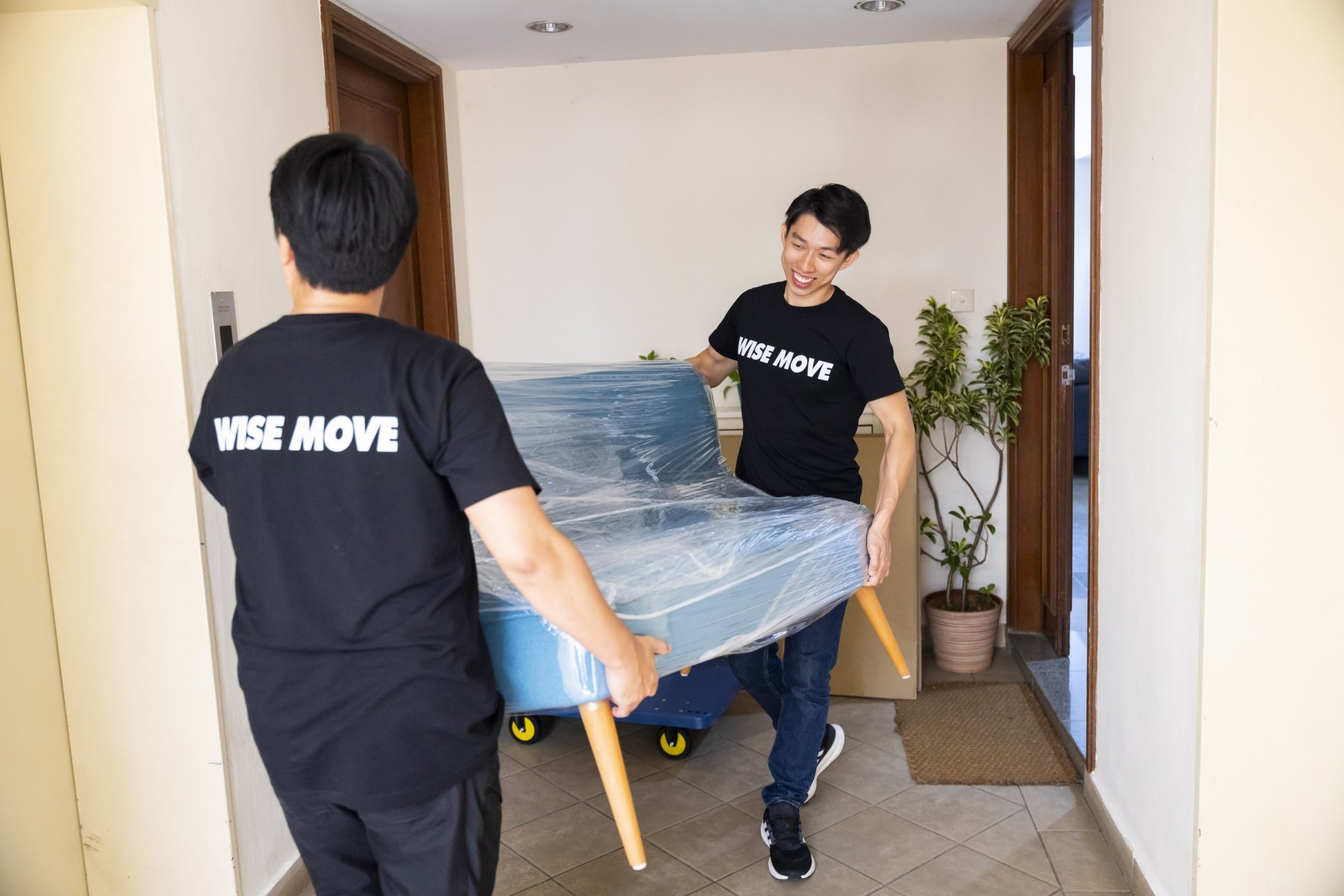
Prioritising your child’s schooling in Singapore often means a move for the whole family. Wise Move is your go-to moving service provider to book the best movers and packers who handle the heavy lifting. This way you can stay focused on school applications, enrolment and settling your child into their new routine.
What do our customers say?


